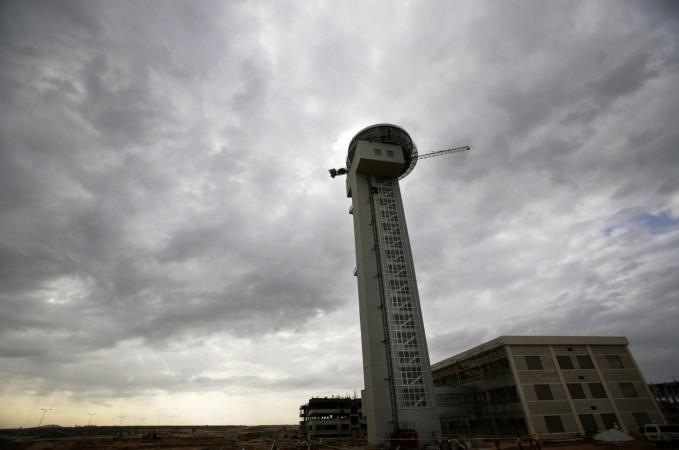In a terrifying revelation that raises serious questions on the safety of air travel in India, the Aircraft Accidents Investigation Bureau (AAIB) has said that many officials of the air traffic control towers in the country are not qualified enough to guide planes. The AAIB said this in a report while investigating an incident in which an IndiGo aircraft is said to have come dangerously close to an Emirates plane over Nagpur airspace.
The bureau said that the main reason behind such incidents was "handling of aircraft by an untrained/unauthorised radar controller, who was only trained to handle air traffic in the non-radar environment/procedural/planning," reported the Economic Times.
It also said that it had found such lapses earlier as well and revealed that there were 19 unauthorised ATCOs in Nagpur, 85 in Delhi and 20 in Varanasi at the time.
Speaking of the ATC officials, the AAIB said that many of these staff did not take the handling of flights seriously and had a "casual attitude" towards their job, despite knowing how important the role of the tower was. It said that many officials even left the monitoring stations without a proper handover.
The report also said that controllers sometimes exceeded their break times, which is in fact limited to 30 minutes after every two hours. The AAIB has also said that many of these towers in the country face issues due to a shortage of staff.
Reacting to the report, a government official told the ET that this was a serious concern that affected the lives of several travellers and must be investigated. "Detection of such a large number of untrained radar controllers guiding flights is a serious concern and should be looked into," the official said on condition of anonymity.
However, an air traffic controller refuted these reports and said that ATC towers did not rely on untrained officials, especially in New Delhi. "These untrained ATCOs are never allowed to guide flights and they do not do it in Delhi. There seems to be a lapse in the case of the Nagpur incident," the official told ET on condition of anonymity.
There have been several incidents in the past when aircraft have managed to avert collision at the last minute. On October 31, 2018, two IndiGo aircraft are said to have averted a mid-air collision while flying in the airspace over the India-Bangladesh border. The aircraft were only 45 seconds apart and the collision was averted when the Air Traffic Control (ATC) tower in Kolkata asked one of the planes to change its path.
On December 23, 2018, three passenger planes of foreign carriers are known to have come extremely close to one another in Delhi and a collision was averted after repeated auto generated warnings and alerts from the Air Traffic Control. Three aircraft of Dutch carrier KLM, Taiwan's Eva Air and the US-based National Airlines came extremely close to each other. The National Airlines' flight NCR 840 was enroute Hong Kong from Afghanistan and Eva Air flight was flying to Vienna from Bangkok. The third aircraft KLM was on the way to Bangkok from Amsterdam.













